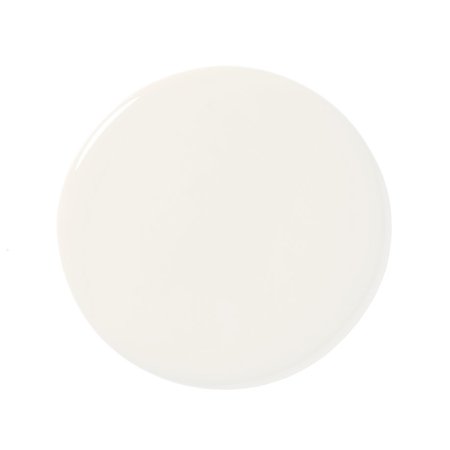We may earn revenue from the products available on this page and participate in affiliate programs.
In December 2022, designer Erin Fetherston had already found a new home to fit her growing family—she and her husband were expecting their third child in the new year. They were in escrow. The contingency period was about to end. And then: They found their dream home.

“I was so pregnant, so tired, and tied up in the other house, but this open house kept nagging at me,” she says. She went to see the stately 1920s Georgian and, unsurprisingly, found it to be perfect. Almost annoyingly so, because it would mean she’d have to give up on the first home. “I knew that unwinding escrow on the other house was not going to be an easy thing, so I had to begrudgingly acknowledge that this was our dream house.”


On a Thursday, they released the contingency on the previous house, and on Friday, they put in an offer on their current one, knowing they were probably entering a bidding war and risking having no home at the end of it. Thankfully, their gamble paid off.

But securing the traditional brick home was just the beginning. She still had to do some light reno, and on a tight deadline: She was already in her third trimester. “My goal when we moved in was for my children not to have a single box,” she says. “So I got all of their clothes folded into drawers so that by the time we moved in, we really just had to bring our toothbrushes.”


Getting there took some lightning-fast decision-making. Knowing that she didn’t have time to implement any major changes, she had the original floors sanded, bleached, and stained to take them from a cherry hue to an ashy blonde. And then there was the mahogany trim, which the previous owners had left bare in some places but painted over in others. “I’ll share a little renovator trick,” Fetherston says with a proud smile before revealing that instead of spending days picking her own perfect paint color—who has time for that with a baby on the way?—she matched the existing painted trim with Benjamin Moore’s White Dove. “It wasn’t a design-driven choice; it was a strategic choice,” she says. “But I like sharing that because there are opportunities to be savvy in renovation.”


Leaning into what was already there was also advantageous in the kitchen, where Fetherston kept the cabinets and the layout but made cosmetic changes that took it from its original ’90s vibe into the next century. Cosentino countertops with 90-degree edges replaced the beveled ones that were already there, and she swapped in House of Rohl faucets. New hardware and light fixtures—just a few of the 81 lights she replaced in the house—provided jewelry-like finishing touches.


When it came to furniture, she didn’t bring much from the old space: “I really am a big believer in getting new furniture for a new house, because I just rarely see it translate well from one home to another,” she says. (Plus she figured putting her furnished home on the market might help sell it faster.) The one exception? The living room sheep, which she acquired in Paris from a Hermès store window and has put in every home she’s lived in since, including her New York City apartment. “I’m like Bo-Peep,” she jokes.

Looking around, there’s a lot of light-colored furniture, which for some people would conflict with having three children under age 7, but Fetherston has her ways (namely performance fabric), and she says that as a mom, layout is more important than anything. “You want to really consider your visibility to your children’s play areas from where you’re standing in the kitchen,” she says. “And the rooms that I can’t see from the kitchen are the ones that have the least amount of draw to [the kids]. They don’t really feel the need to go in there.” It’s this kind of knowledge that keeps her living room less cluttered—and also makes her so popular among parents of young children who seek out her design services via The Expert.

Speaking of her crew, Fetherston made sure to do all her heavy organizing work before the move-in. This meant mapping out their closets and labeling bins and drawers by item (T-shirts, pants, etc.), then designing a mudroom entryway beforehand so that when she finally brought the family over, she could show them where they’d take their shoes off, and then in their rooms, where to find their favorite shirts. “It takes a lot of up-front planning, but in the end, it creates a much more seamless transition,” she says. Bonus: It also helps you edit down your things before paying someone to move them.



And now that they’re a family of five, she’s finally found her groove in the new home. The next phase is the exterior, and she wants to landscape the backyard this summer. And without a hard deadline in sight, she’ll be able to do so at her own pace.




